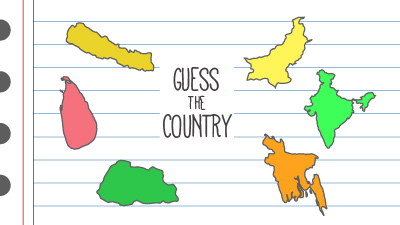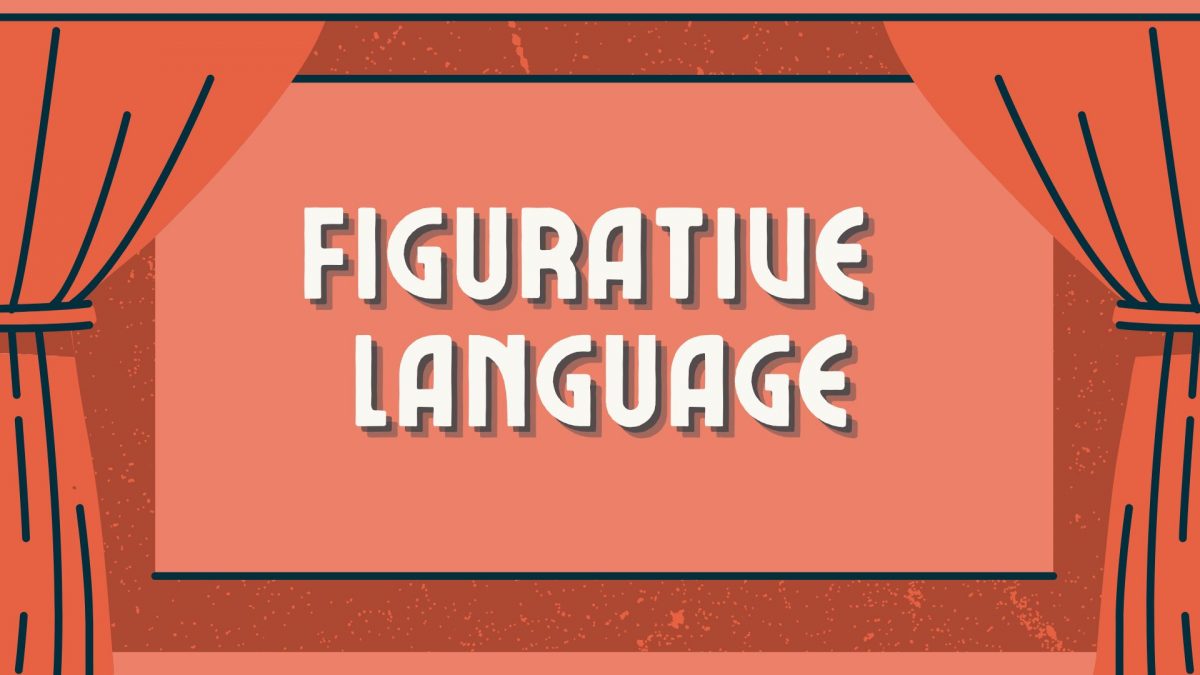Where in the world?
Five countries, five seconds. Can you identify the country based on just one photo? Take this video quiz now.

Five countries, five seconds. Can you identify the country based on just one photo? Take this video quiz now.

What’s a test tube? What is a burette used for? Familiarise yourself with some essential scientific tools and equipment.
How well do you know the tools and equipment commonly found in Science laboratories? Scroll through these slides to get to know some of them. Next time you’re in the lab at school, see if you can spot them!
Division trouble? Don’t worry, we have you covered. Here are some tips to help you divide and conquer those numbers.
Division is the method used to split a number into equal parts or groups. It helps us share, distribute, or break down numbers efficiently. Here are a few tips to ease your way into understanding division.
Division is the opposite of multiplication! If you know that 5 × 6 = 30, then 30 ÷ 5 = 6 becomes easy.
To divide 42 ÷ 7, count by 7s (7, 14, 21, 28, 35, 42). The 6th step means the answer is 6!
Instead of 84 ÷ 4, break 84 into 80 + 4. Solve: 80 ÷ 4 = 20, 4 ÷ 4 = 1 → Answer: 21.
Think of division as sharing. Example: If 12 cookies are shared among 4 friends, each gets 12 ÷ 4 = 3 cookies.
Check your answer with multiplication. If 36 ÷ 9 = 4, check by multiplying: 9 × 4 = 36.
Now that you have a few tricks up your sleeve, why not solve a few problems?
When we speak and write, we use various means to make an impact or emphasise what we are saying. Read on.

This activity features balls from different sports. Can you place them in the grid in the correct order?
Football, golf ball, tennis ball…sports balls come in different shapes and sizes, each designed for a unique game. They roll, bounce, spin, and fly, making every match thrilling and unpredictable. No matter the sport, the ball is always at the heart of the action.
This game features a few sport balls. Can you place them in the grid correctly?
How to play:
A Picdoku is just like a Sudoku, but with pictures instead of numbers. Fill up the grid in such a way that each ball appears only once in every row, column and 2*3 grid.
What are your plans for March? Use this planner to figure out what to do this month.
Warriors from Western India who left their mark on the country’s history … Who are we talking about? Find out with this game.
The period between 8th to 18th century was marked by the rise of warrior clans who ruled various kingdoms in Rajasthan, Gujarat, and northern India. They were known for their valour and resistance to the invasion of the Delhi Sultans and the Mughal emperors. Apart from this, they also had a huge impact on India’s culture, architecture, and folklore. Who are we talking about?
How to play
You have to guess the hidden word in as few attempts as possible. You have up to 6 attempts. After each attempt, letters will be shown in three colours. If the letter is green, it is present in the word and is in the right place. If the letter is yellow, it is present in the word but is not in the right place. If the letter is grey, then it is not present in the word.
What is the Indian Space Research Organisation? How did it come to be? Read on.
Space research in India started in the 1920s with scientists S.K. Mitra, C.V. Raman, and Meghnad Saha conducting several studies. After 1945, developments in space research were made by Vikram Sarabhai, founder, Physical Research Laboratory at Ahmedabad, and known as the father of India’s space programme, and Homi Bhabha, nuclear physicist.
Space related activities began gaining traction during the early 1960s when Sarabhai recognised the benefits of space technologies in India.
Take a look at the important milestones in India’s space journey.
Celebrate National Science Day with this interactive crossword that’s sure to get you thinking.
Budding scientist? Try out this crossword that’s about all things Science.
Dolly the sheep was introduced to the world in 1997. But what made her so famous? Find out.
Dolly the sheep was unlike any other. What set her apart? Scroll through the below to learn more about her.
| Sun | Mon | Tue | Wed | Thu | Fri | Sat |
|---|---|---|---|---|---|---|
30 | 31 | 1 | 2 | 3 | 4 | 5 |
6 | 7 | 8 | 9 | 10 | 11 | 12 |
13 | 14 | 15 | 16 | 17 | 18 | 19 |
20 | 21 | 22 | 23 | 24 | 25 | 26 |
27 | 28 | 29 | 30 | 1 | 2 | 3 |